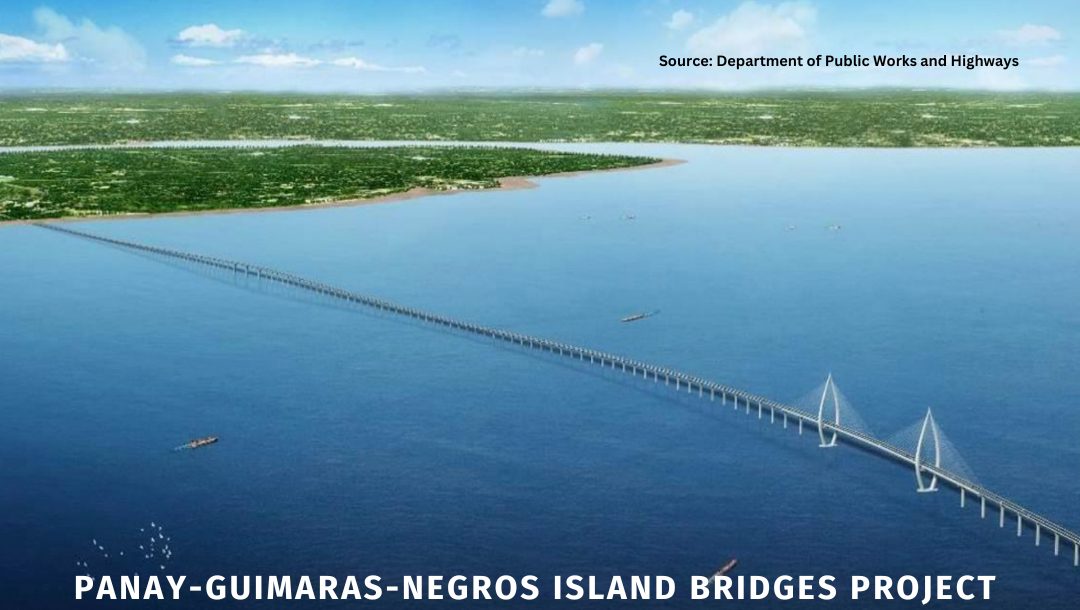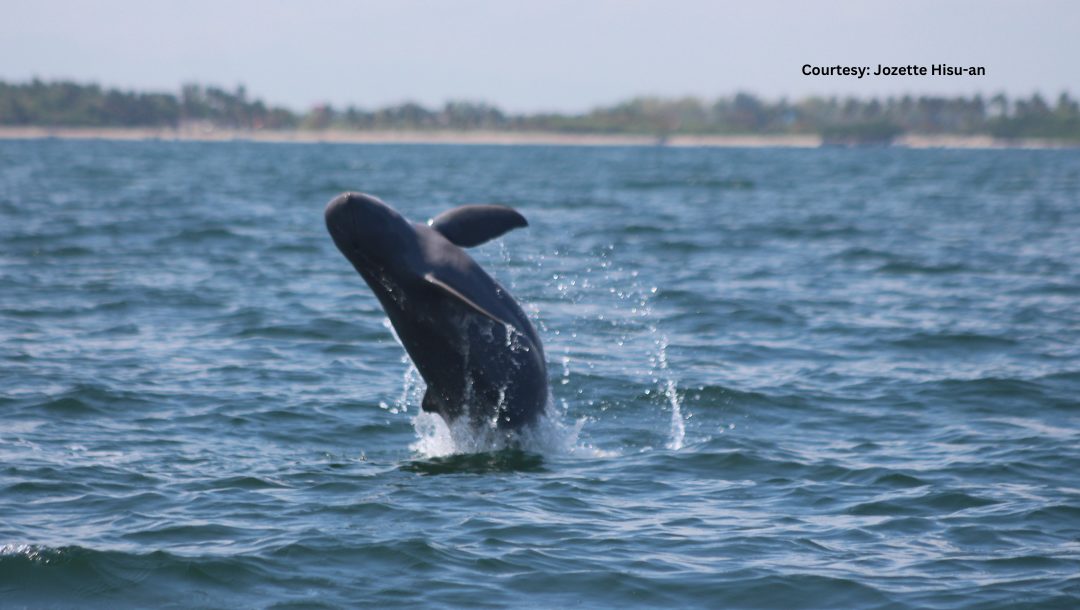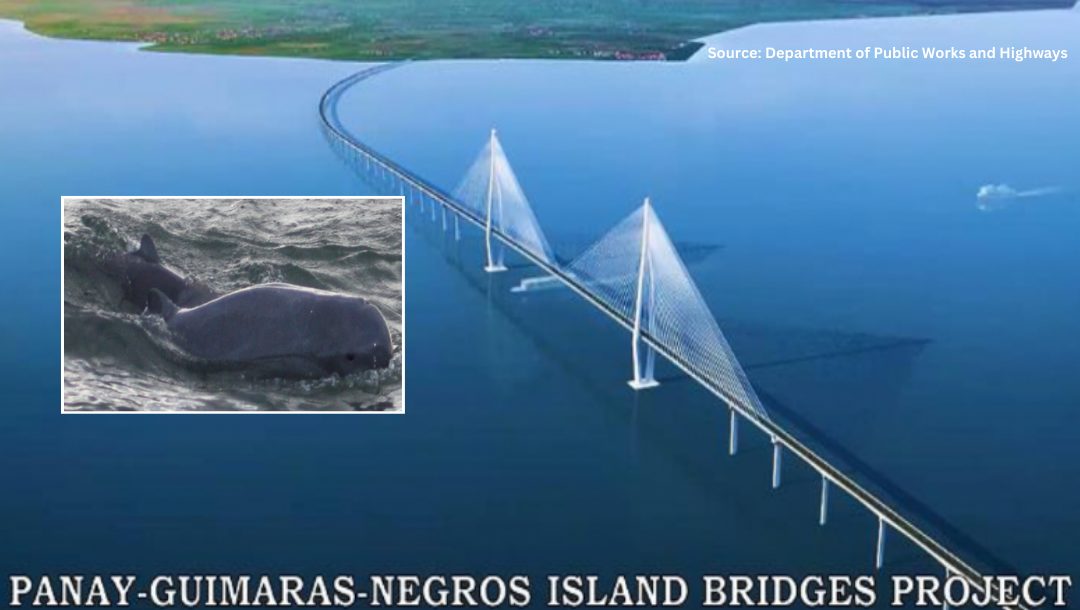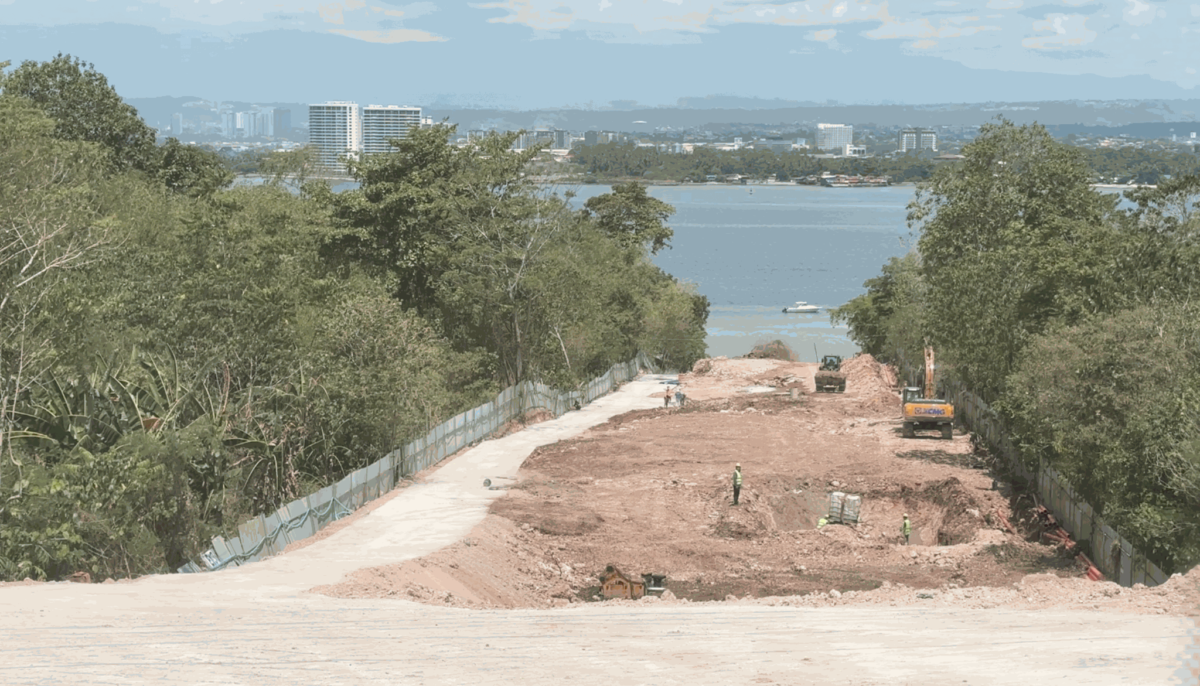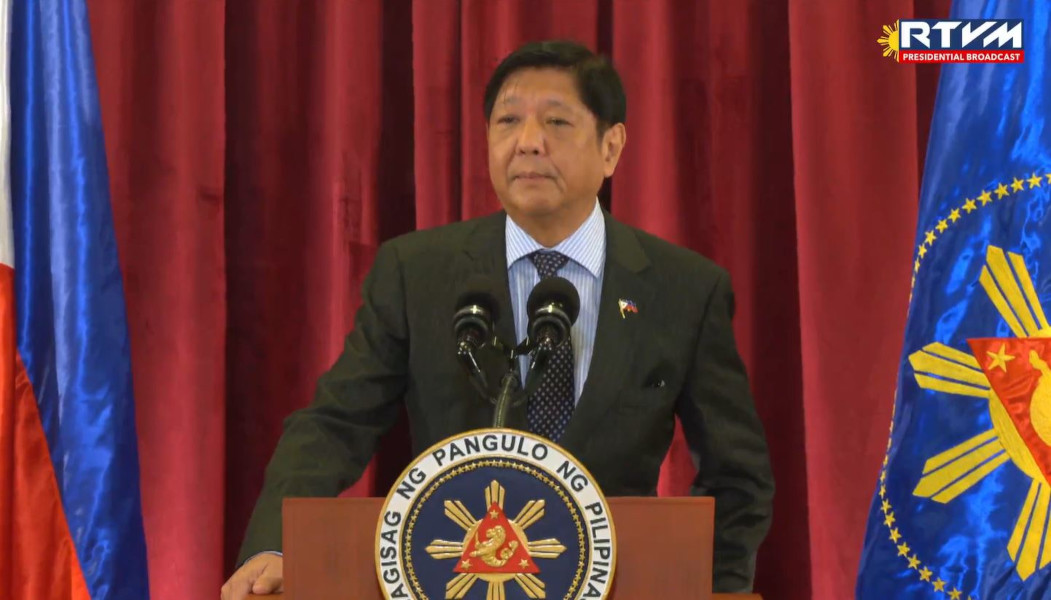Second of two parts
The pathway that will lead Western Visayas to greater economic heights. That’s how the government envisions the 32.47-kilometer Panay-Guimaras-Negros Island (PGN) Bridge project.
“We’ve been looking forward sa pag-commence ng construction ng bridge na ito kasi we’ve been planning for it for how many years na (to the commencement of the construction of the bridge because we’ve been planning for it for so many years already),” said Ernest Carl Badana, municipal planning development coordinator of Leganes in Iloilo, where the project’s first phase would begin.
With six of its 18 barangays situated in coastal areas, the town of Leganes is prone to typhoons and storm surges, which often cause suspension of ferry operations for days and make sea travel rough and risky.
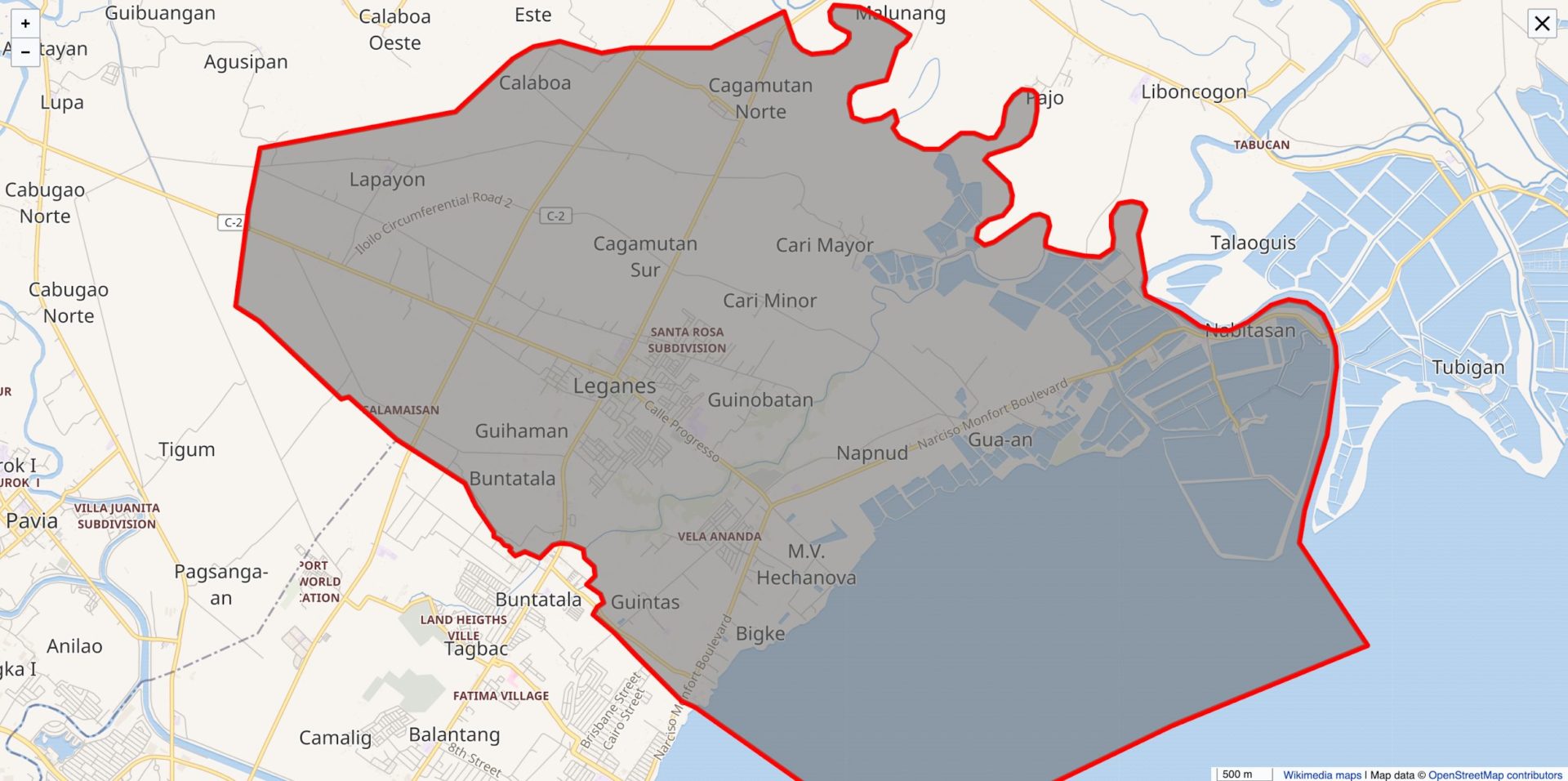
Connecting Iloilo, Guimaras and the Negros Islands has been a long-time dream project for the people of Western Visayas, according to the Departrment of Public Works and Highways (DPWH).
In 2020, the National Economic and Development Authority (NEDA) Board finally gave its go-signal for the PGN Bridge, envisioned to cut travel time from Panay Island to Negros Island from three to four hours by ferries or roll-on, roll-off (RORO) to just about an hour by land transport.
In 2022, the project was listed as a priority under the Duterte administration’s “Build, Build, Build” program, but was stalled. When the Marcos administration assumed office, it was again listed under the Infrastructure Flagship Projects (IFP).
With high hopes that the bridge project will finally start, Badana expects that aside from having easy access to import and export of agricultural products, its completion will also provide smooth and safer travel between Iloilo and Guimaras.
With this in mind, the municipal government is considering transforming Leganes’ role in the economy from being a purely agricultural municipality to an industrial and logistics hub, as proposals for port and other logistic facilities start coming in.
However, amid the bridge’s towering promises of shorter travel time, efficient transport of goods and improved livelihood, setbacks caused by a change in funding sources emerged, leading implementers to push back its long-awaited construction by three years.
China leaves mega-bridge hanging
A recent visit to the fourth-class municipality of Leganes showed traces of preparation works for the bridge.
In Barangay Gua-an, several red-painted wooden sticks with caution tapes attached like flags were lined up on lands tracing the bridge’s pathway. There were narrow 40-meter holes and steel piles laid on the ground. Drilling platforms could be seen floating in the sea a few kilometers from the coastline.
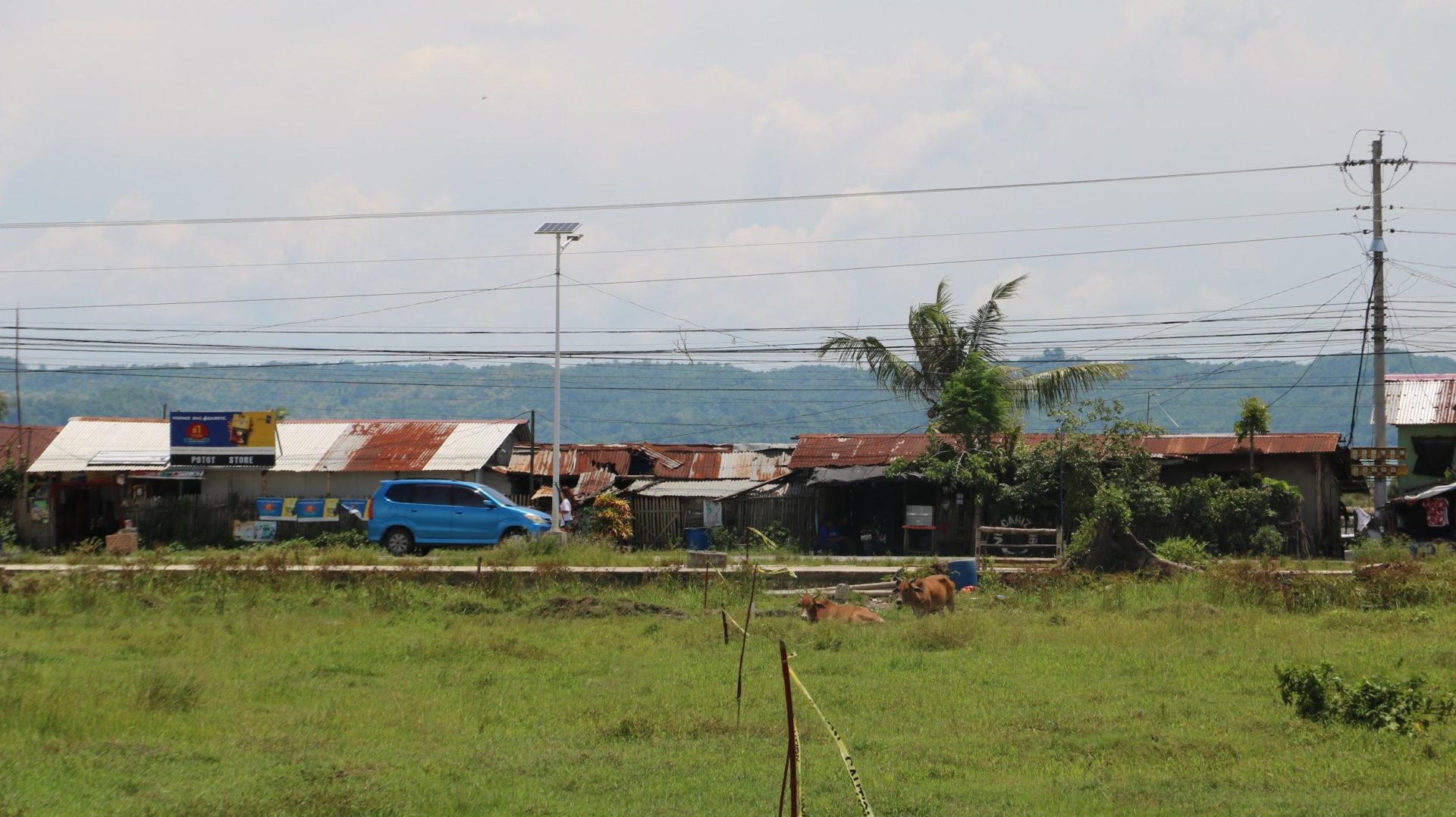

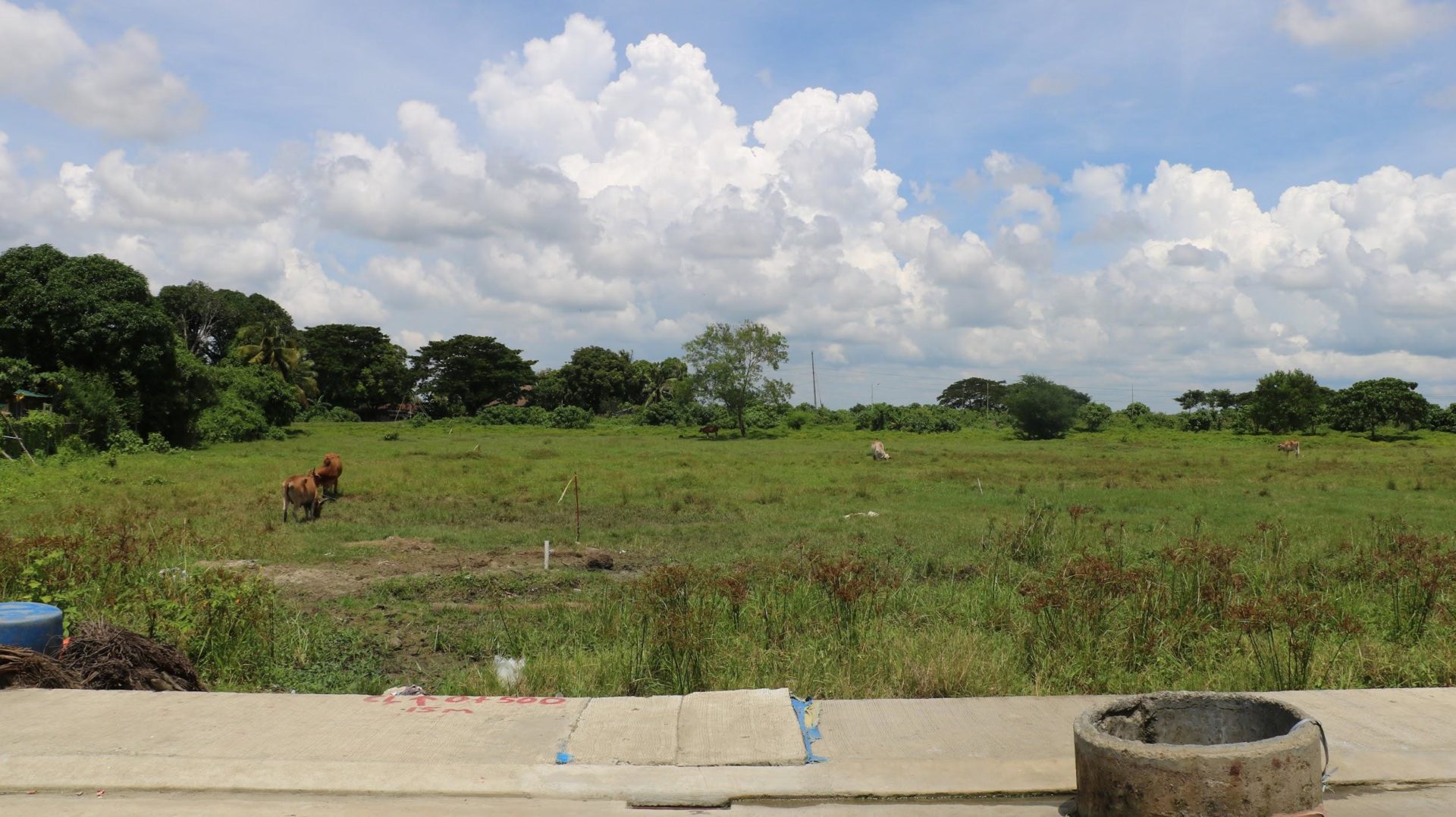
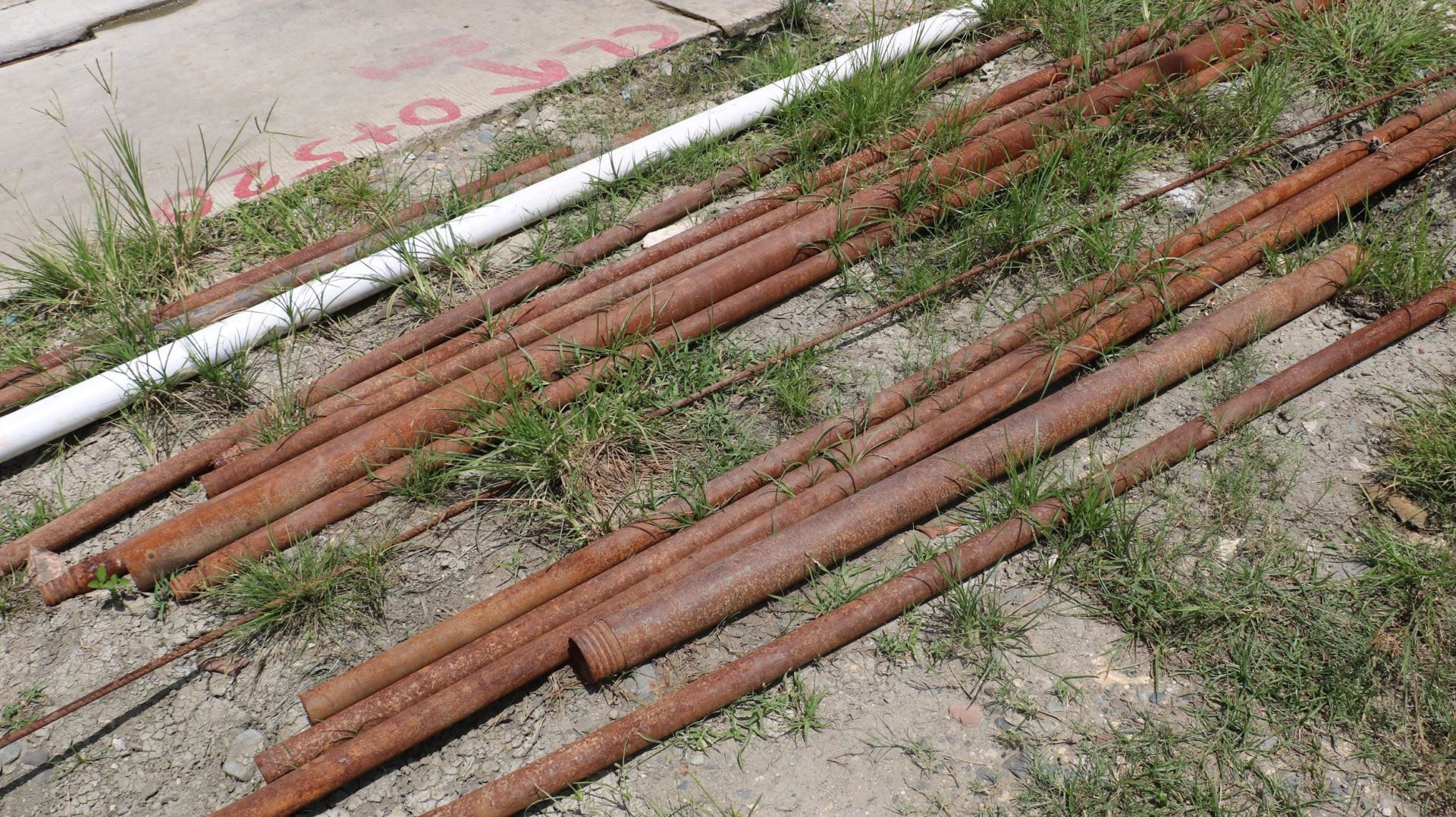
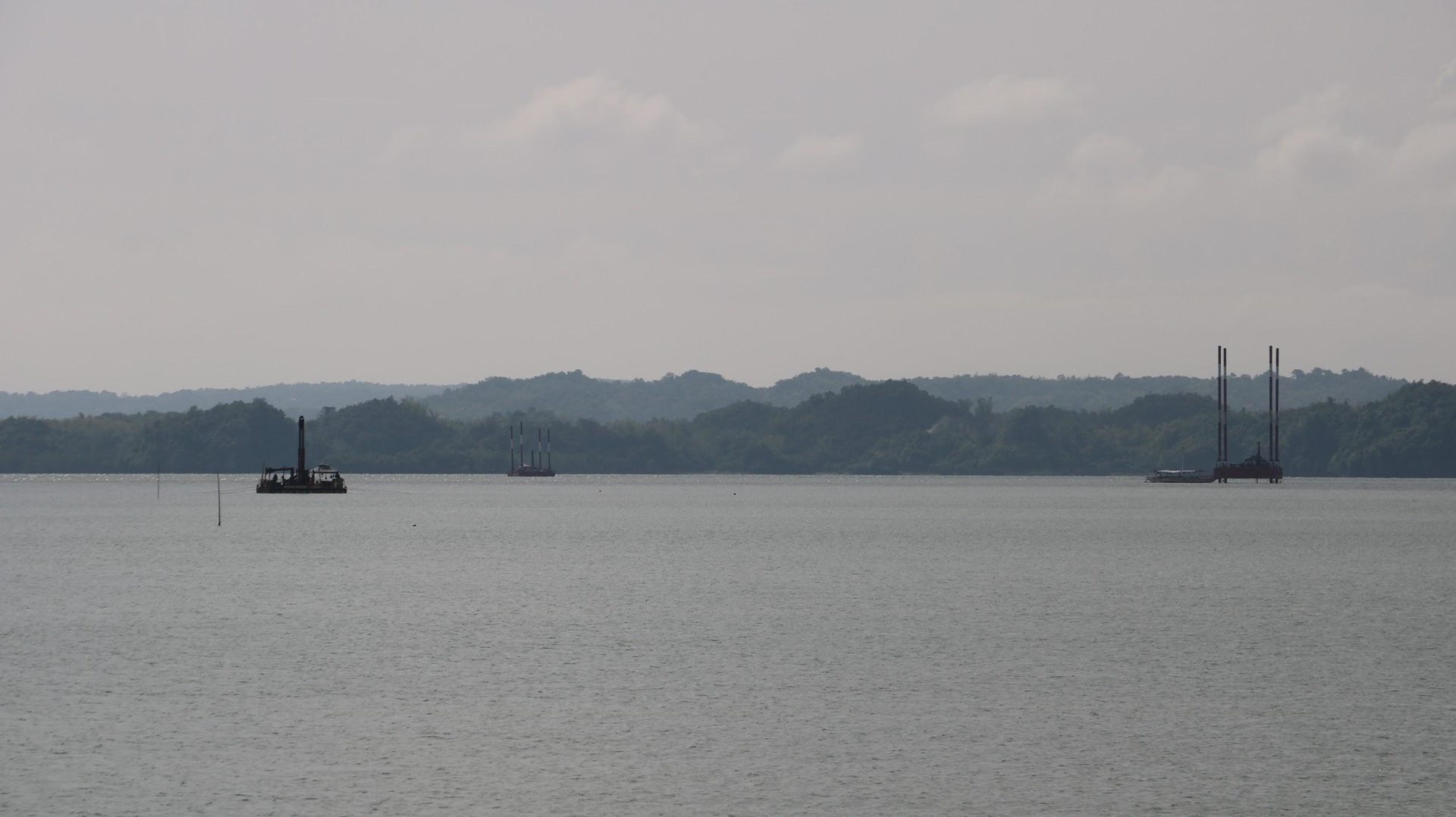
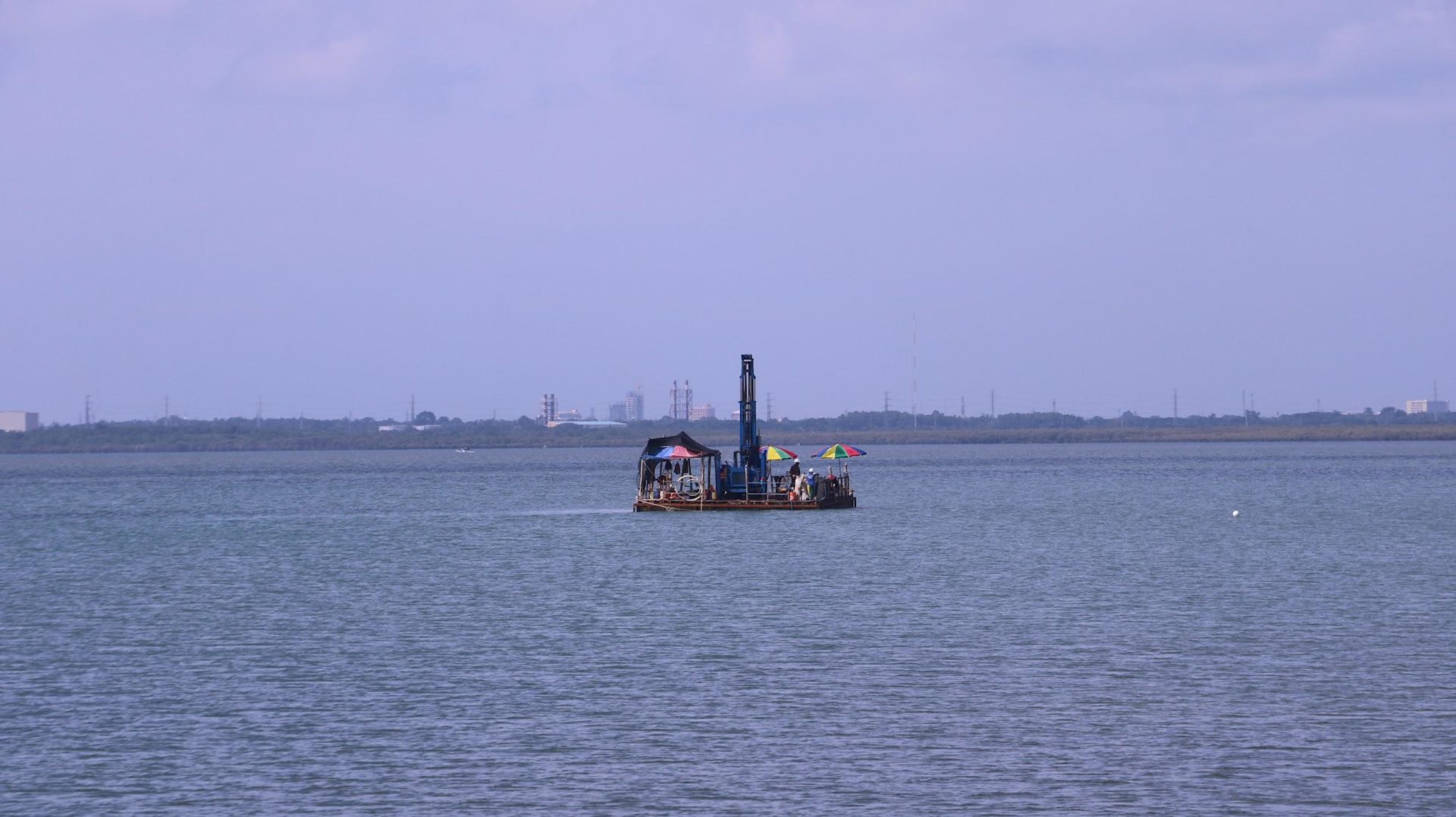
All of these indicate recent soil testings under its ongoing Detailed Engineering Design (DED) phase. These patches of progress, however, are far behind the initial timeline. According to the 2019 feasibility study done by China, the bridge’s construction was supposed to be in full swing by this time.
In 2018, the Philippine government received a $13.4–million grant from the China International Development Cooperation Agency for the project’s feasibility study. This paved the way for the Chinese company CCCC Highway Consultants Co., Ltd., to conduct the study in 2019.
Scientists and environmental activists, however, sounded the alarm over the study for excluding the critically endangered Irrawaddy dolphins in the Iloilo-Guimaras Strait.
CCCC Highway Consultants Co., Ltd is one of the 34 subsidiaries of the China Communications Construction Company (CCCC).
The World Bank debarred CCCC, the mother company, in 2011 for fraudulent practices in Phase 1 of the Philippines National Roads Improvement and Management Project. It was ineligible to work on any World Bank Group-financed road and bridge project until Jan. 12, 2017.
In 2020, the United States blacklisted other CCCC subsidiaries for their part in land reclamation and militarization of some features in disputed areas in the South China Sea.
Despite the anomalous records of its mother company and its subsidiaries, the CCCC Highway Consultants Co., Ltd. enjoyed the Philippine government’s trust, handling other infrastructure projects in the country, including the Binondo-Intramuros Bridge in Manila, Davao City Expressway and Bucana Bridge, also in Davao City.
Another CCCC subsidiary, the China Road and Bridge Corp., is working on the Samal Island-Davao City Connector Bridge, which is also facing opposition for its perceived detrimental effects on marine life.
A year after the 2019 feasibility study, reports of China’s withdrawal from the project came out. Then-senator Franklin Drilon announced in July 2020 that China already lost interest in funding the project, citing the coronavirus disease pandemic as a possible reason.
In an Aug. 13 interview with VERA Files, Benjamin Bautista, project director of the DPWH Roads Management Cluster I, hesitated to confirm or deny if the withdrawal was related to the growing geopolitical tensions between the Philippines and China over disputes in the South China Sea.
“I really don’t know if that is political. You know, our international diplomatic relationship with China, I cannot comment on that. Maybe somebody who knows the relationship with China and [the] Philippines might answer that,” Bautista said.
The Philippines, under the Marcos administration, notably dropped negotiations for certain infrastructure projects previously eyeing funding from China.
Blacklisted South Korean contractors
“You know, during that time, we didn’t feel frustrated even [when] China backed out because we have so many development partners who are interested to finance this project. That’s why we opened it to Korea and Korea happily accepted,” Bautista said about China’s sudden withdrawal.
In 2021, the Philippines started discussions with South Korea to possibly bankroll the project. The Department of Finance (DOF) and the Export Import Bank of Korea (KEXIM) then signed on April 10, 2022 a $56.61-million-loan agreement for engineering services.
Despite being under new hands, the project again faced delays when the first bidding for its DED and tender assistance failed on Sept. 14, 2023. According to reports, it was due to the bid price exceeding the loan proceeds and contract estimates.
Before the failure of the first bidding, Sambo Joint Venture (JV), one of two shortlisted Korean bidders, raised concerns about the number of shortlisted consultants and alleged that the government was favoring a joint venture led by Yooshin Engineering Corp.
A rebidding notice was posted in September 2023 and Yooshin JV was awarded the project three months later. The DPWH inked the P2.67-billion contract for the consulting services for the bridge’s DED and tender assistance with Yooshin Engineering Corp. in a joint venture with Kyong-Ho Engineering and Architects Co., Ltd., Dohwa Engineering Co., Ltd., Soosung Engineering Co., Ltd. and Dasal Consultants Co., Ltd.
Yooshin Engineering Corp. was once debarred by the World Bank for fraudulent practices concerning an aviation project in Vanuatu in 2020. The multinational company was released from sanction in December 2022 after satisfying conditions for release in its settlement agreement with the financial institution.
However, Yooshin Engineering Corp. was shortlisted for the project in September 2022 despite the World Bank debarment that time.
In an Aug. 6 interview with VERA Files, former representative Neri Colmenares of Bayan Muna party list, who actively opposed the project, raised concerns over the government working with entities previously blacklisted by international entities.
“Dapat nga i-ban natin ‘yan, eh. ‘Yung mga na-black list na ng mga iba pang entities [sa] international, i-ban talaga ‘yan kasi may problema na siya sa credibility,” Colmenares said.
(We should ban that. Those who have been blacklisted by other international entities should be banned because they already have a credibility problem.)
Trixie Concepcion, regional director of Earth Island Institute Asia-Pacific, an organization advocating environmental protection and conservation, likened trusting foreign entities with errant records to buying products with bad reviews.
“Kapag nag o-online shopping, tinitignan ko ‘yung reviews ng ibang tao, eh. ‘Pag medyo bad ‘yung reviews nila hindi mo na itutuloy ‘yung pagbili. So, ako, simpleng good governance lang, due diligence. Pero bilang ordinaryong citizen, pinag-uusapan natin bilyon bilyon na pera, parang ‘di ako tutuloy,” Concepcion, whose work involved protection of dolphins and marine mammals, explained.
(When shopping online, I look at other people’s reviews. If the reviews are bad, you won’t buy. So, for me, it’s just simple good governance, due diligence. But as an ordinary citizen, we are talking about billions and billions of money, I will not proceed.)
VERA Files repeatedly asked DPWH to comment on previous allegations of rigged biddings and Yooshin’s previous World Bank record but has yet to receive a response as of writing.
Dangers of foreign loans
Among the 186 IFPs under the Marcos administration’s Build Better More program, 82 are funded through official development assistance from other countries.
Colmenares urged the government to refrain from contracting foreign loans at all costs due to several problems they pose.
“The problem with loans is because, the first one, your priority in the project is distorted. Second, the transparency of loans. Loans, for me, are so untransparent that you sometimes can’t see how they are used. And, of course, the third, the lender’s imposition, because the lenders impose on us a lot of things,” Colmenares explained in mixed English and Filipino.
The Philippines has a contract only for the project’s DED and tender assistance. VERA Files examined the contract from the DPWH and noted some discrepancies between the number of foreign and local experts to be employed.
In the contract’s estimated staffing requirements, a total of 1,442 foreign experts would be hired during its preliminary engineering design, DED and technical assistance phases. This is four times more than the 342 local experts that will be employed during the same period.
There is also a stark difference in the payments for foreign and local experts shown in the contract’s breakdown of remuneration. Even if two experts held the same position, the foreigner will receive much more than its local counterpart.
For instance, a deputy team leader from Korea would get $18,500 if he works for a phase in the Philippine project while the Filipino counterpart would be entitled to $4,000 only. Korean geotechnical engineers, bridge engineers for foundation and road engineers for pavement would get $15,500 lump sum while Filipinos would receive only $3,000.
VERA Files asked the DPWH to clarify if this is standard practice in foreign-funded projects, but is still awaiting response as of posting time.
No loans yet for civil works
While the DPWH says that South Korea has already “committed” to finance the Iloilo section of the bridge, there has been no loan agreement or contract yet for the civil works.
The PGN Bridge project is divided into two sections. According to its 2022 Environmental Compliance Certificate, Section A connects the municipality of Leganes, Iloilo to Buenavista, Guimaras, spanning 13 kilometers while the 19.47-kilometer Section B links San Lorenzo, Guimaras to Pulupandan, Negros Occidental. According to a recent report, Section A is now planned to be extended to 13.62 kilometers.
“The Korean Exim Bank already plans to finance Section A. And there is another financing institution of Korea…the Economic Development [Cooperation Fund] and they plan also to co-finance Section B,” Bautista said.
The government is also eyeing partnership with the Asian Development Bank to shoulder some of the project costs.
“If our Korean friends or our Korean development partners cannot fully finance this, we will make sure that this project will be successful,” Bautista added.
On Oct. 9, Finance Secretary Ralph Recto and Korea’s Deputy Prime Minister and Minister of Economy and Finance Choi Sang-mok signed a memorandum of understanding for the PGN Bridge.

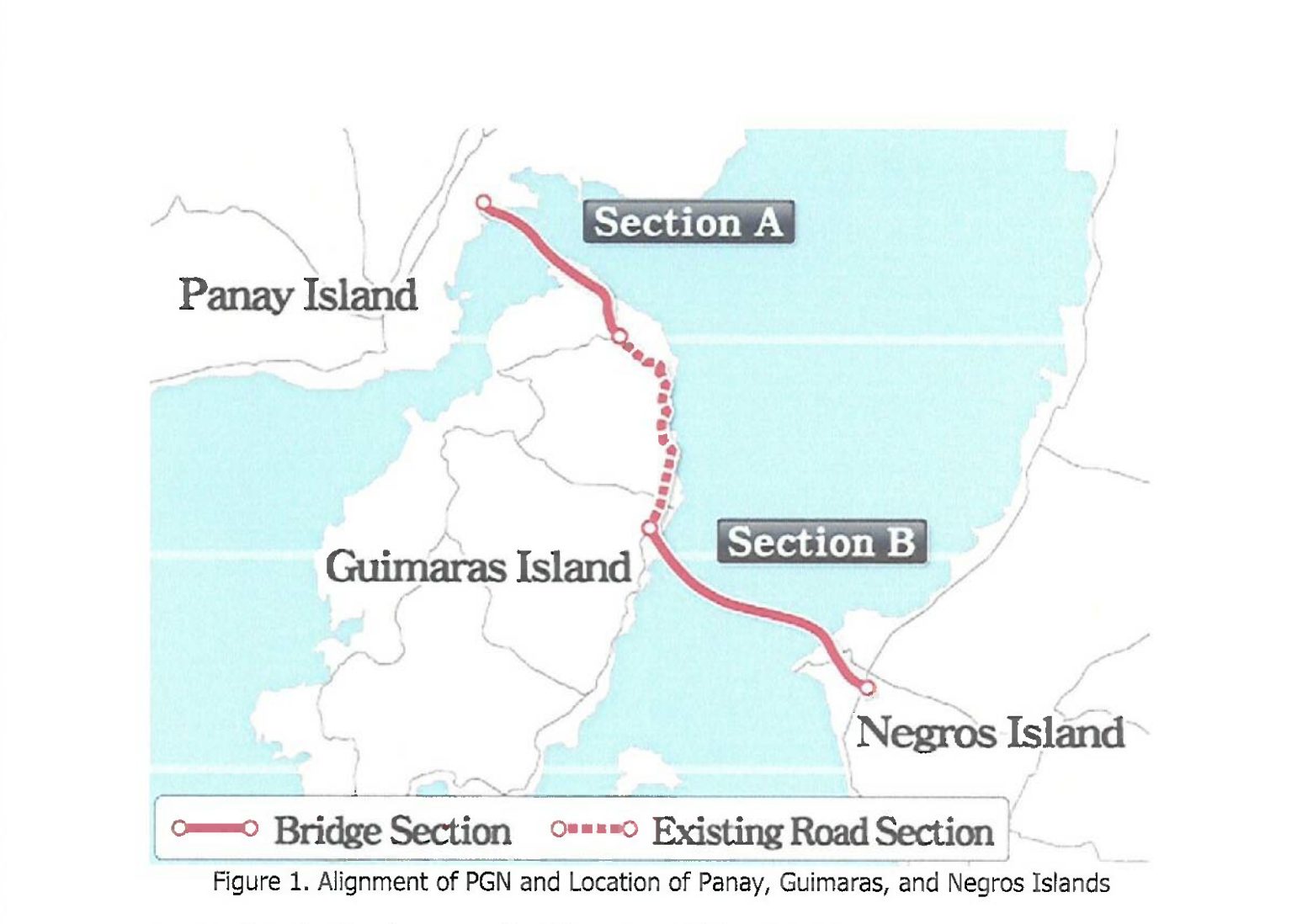
The current target date of completion of the project’s DED is December 2024, with civil works for the first section set to begin by the second quarter of 2025. Last August, the DED for Section A had a 45% completion rate.
According to the municipal government of Leganes, surveys of affected structures were conducted from Sept. 24 to Oct. 1. A complete list of affected structures, including the number of residents for relocation, is expected by November.
On the brink of displacement
While the bridge holds a promise of an improved economy for Leganes, the ticket to the road of progress is paid for by the residents of Barangay Gua-an who will be displaced by its construction.
“No’ng unang survey, 69 ang apektado na mga bahay. [S]imula no’ng [Sept.] 25… ang final nila, 79 na bahay (In the first survey, 69 houses will be affected. Since Sept. 25, their final count is 79 houses),” shared Alberto Catahay Jr., who has been serving Gua-an as its barangay chairman for eight years.
Aside from 79 residential houses, the barangay hall and chapel will also have to be demolished before construction starts because these are erected along the planned eight-lane thoroughfare under a portion of the bridge and the coastal road, Catahay said.
The bridge will have two lanes coming from Guimaras and another two from Iloilo City. For the coastal road, there will be two lanes each on the right and left. The two lanes along the coastal road will pass through the barangay hall’s current location and will leave only a meter of space.
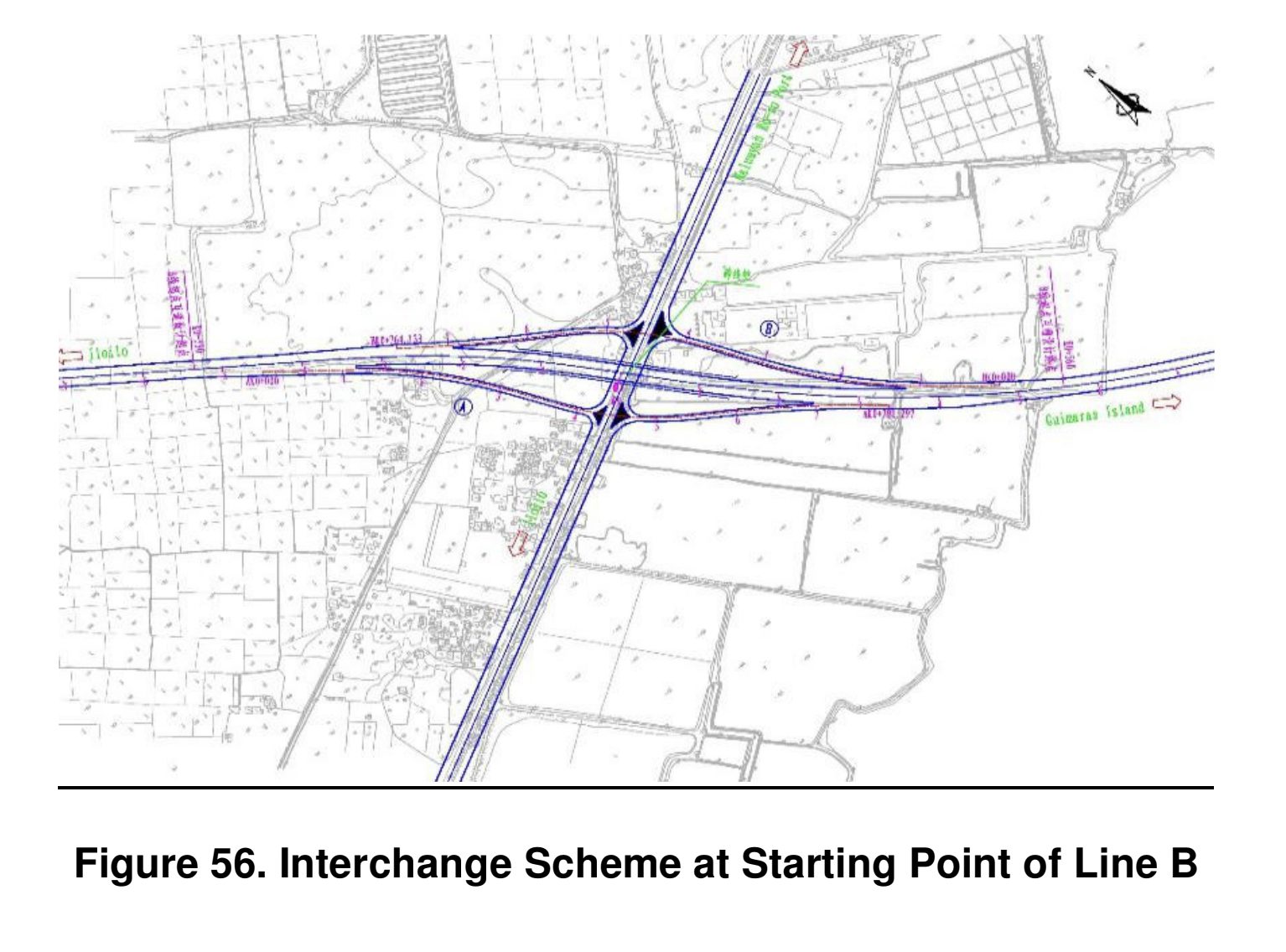
Presently, there are no plans for the relocation of the barangay hall nor a promise to construct a new building. Despite this, Catahay can only say, “Wala tayong magagawa dahil ang proyektong ito ay sa national (We cannot do anything because this is a national project).”
The same sentiment is echoed by residents of Gua-an who are on the brink of displacement.
“Malungkot kasi matagal na kami dito. Mula pagkabata namin, nandito na kami (We are sad because we have been here for a long time. Since childhood, we have been here),” Efrain Huervana lamented.
Huervana, 70, has spent his entire life in Gua-an, together with his siblings and their respective families. Only a week before he was interviewed by VERA Files on Oct. 3, his family confirmed that their house, including a small sari-sari store, would be affected by the bridge construction.
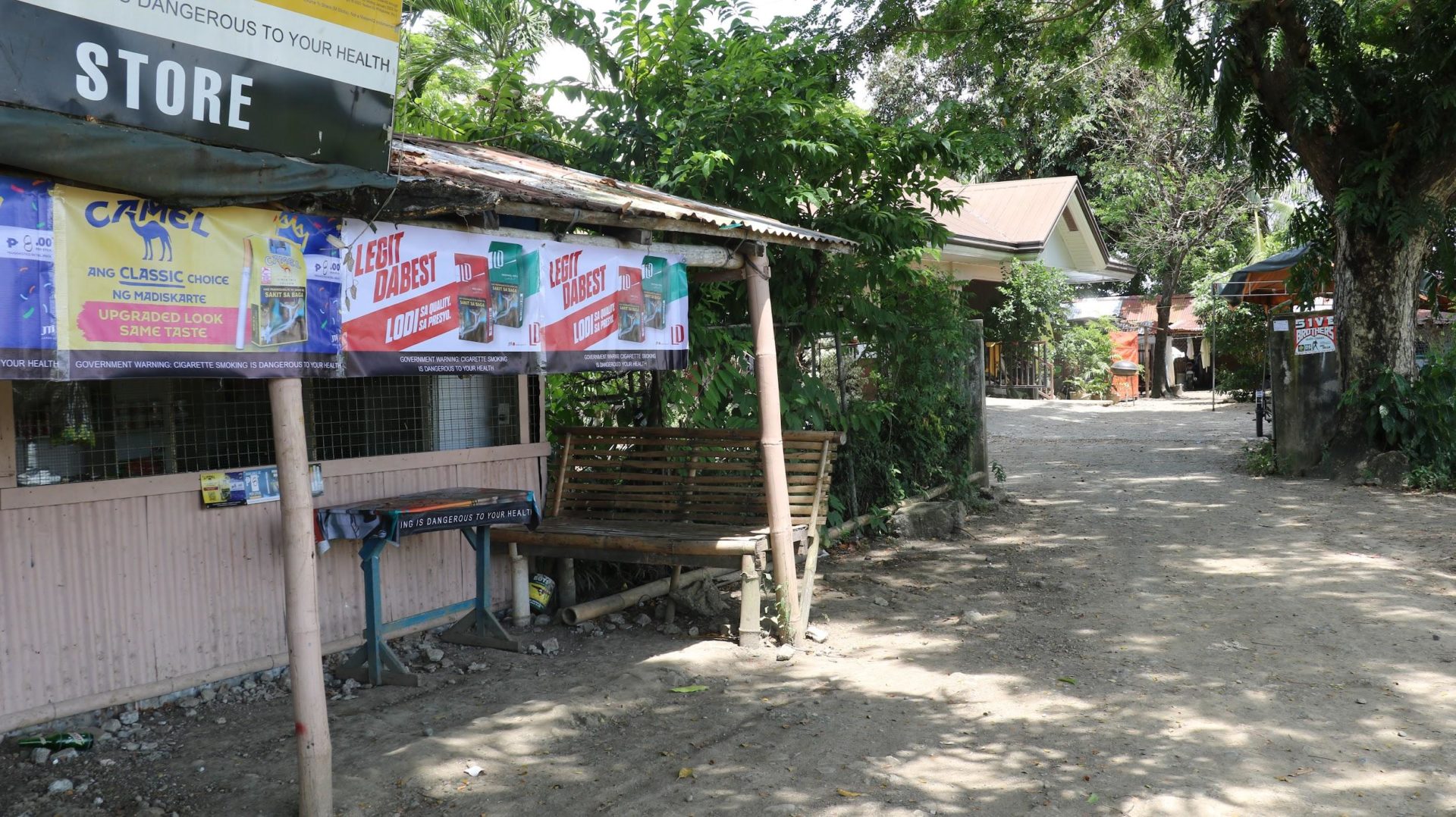
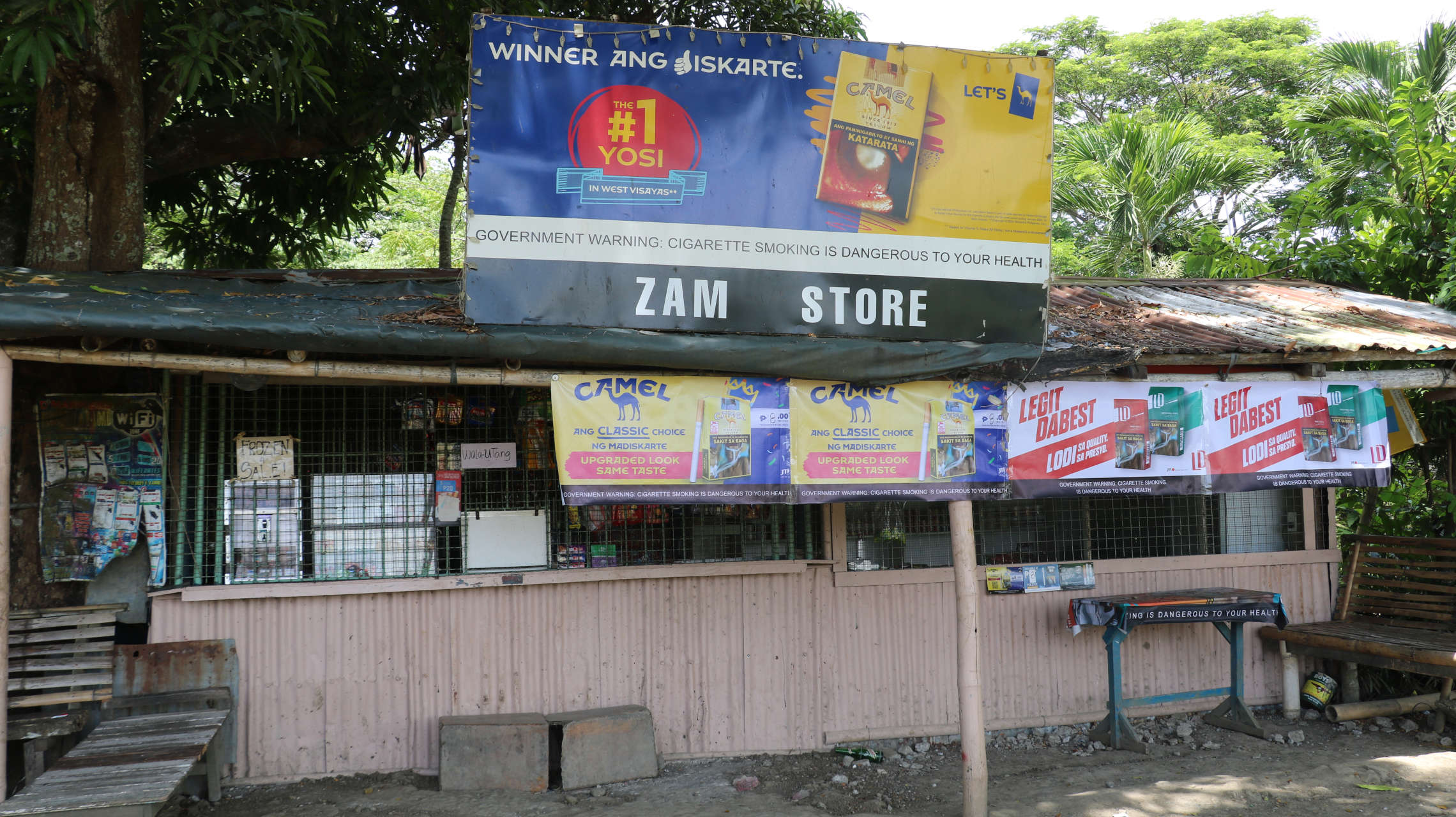
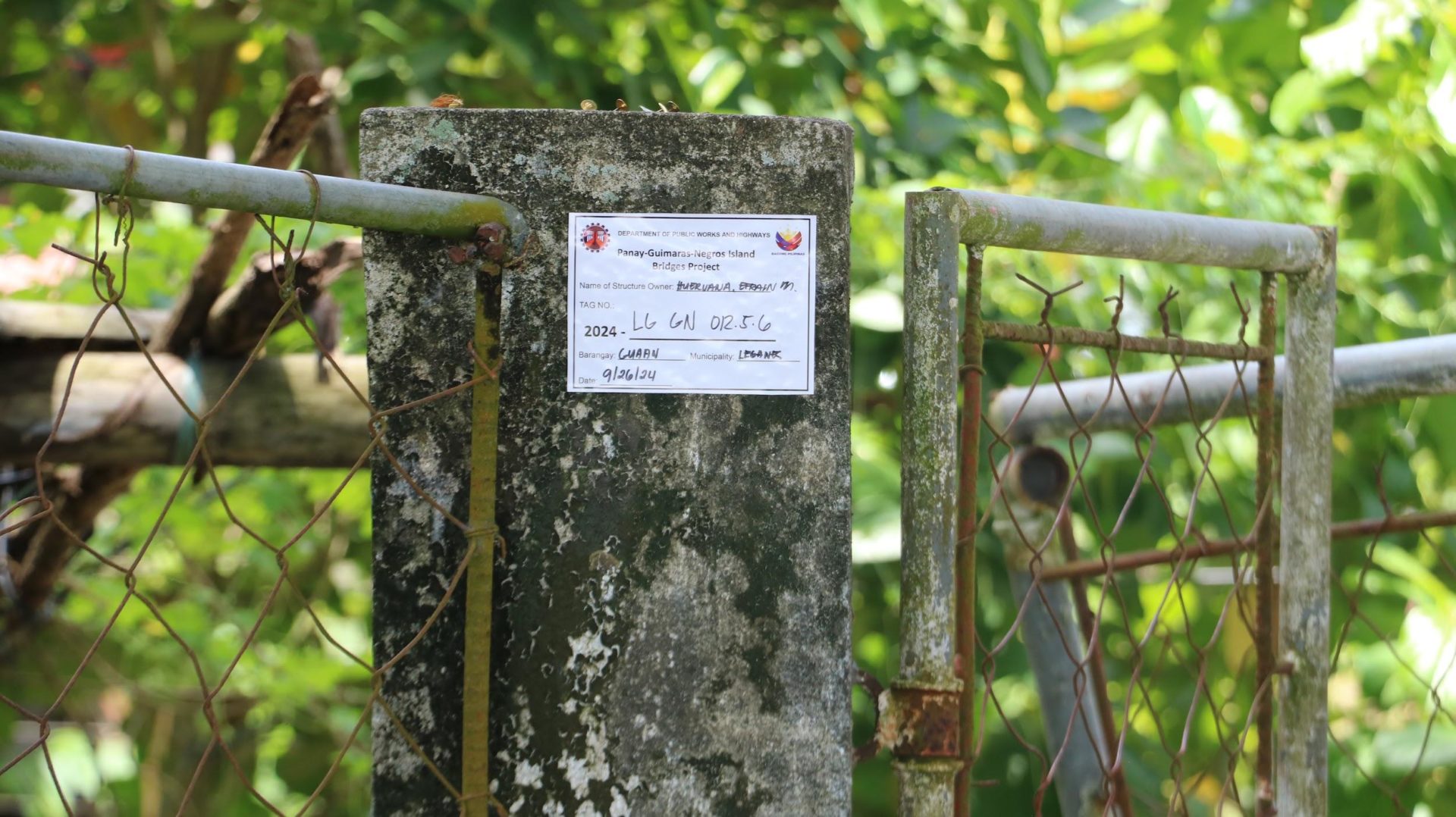
“Wala naman tayo magawa diyan, eh, kung kailangan ng gobyerno (We cannot do anything about it since the government needs it),” he said, “[S]ana, bayaran na lang nila ng eksakto para makabili naman kami ng matirahan na bahay (We just hope that they will pay us an exact amount for us to buy a house).”
Likewise, a resident who used to live in Gua-an said that while they appreciate and acknowledge the ease in transportation that the bridge would provide, objecting to their impending displacement would be futile.
“We cannot do anything because it’s already planned. People can’t do anything except talk,” Ana, not her real name, said in mixed Ilonggo and Tagalog.
Ana, 48, was one of the residents of Gua-an who were relocated to Barangay Guinobatan, Leganes in 2021. Their displacement was supposedly to give way to the construction of an animal feeds factory, according to the landowner.
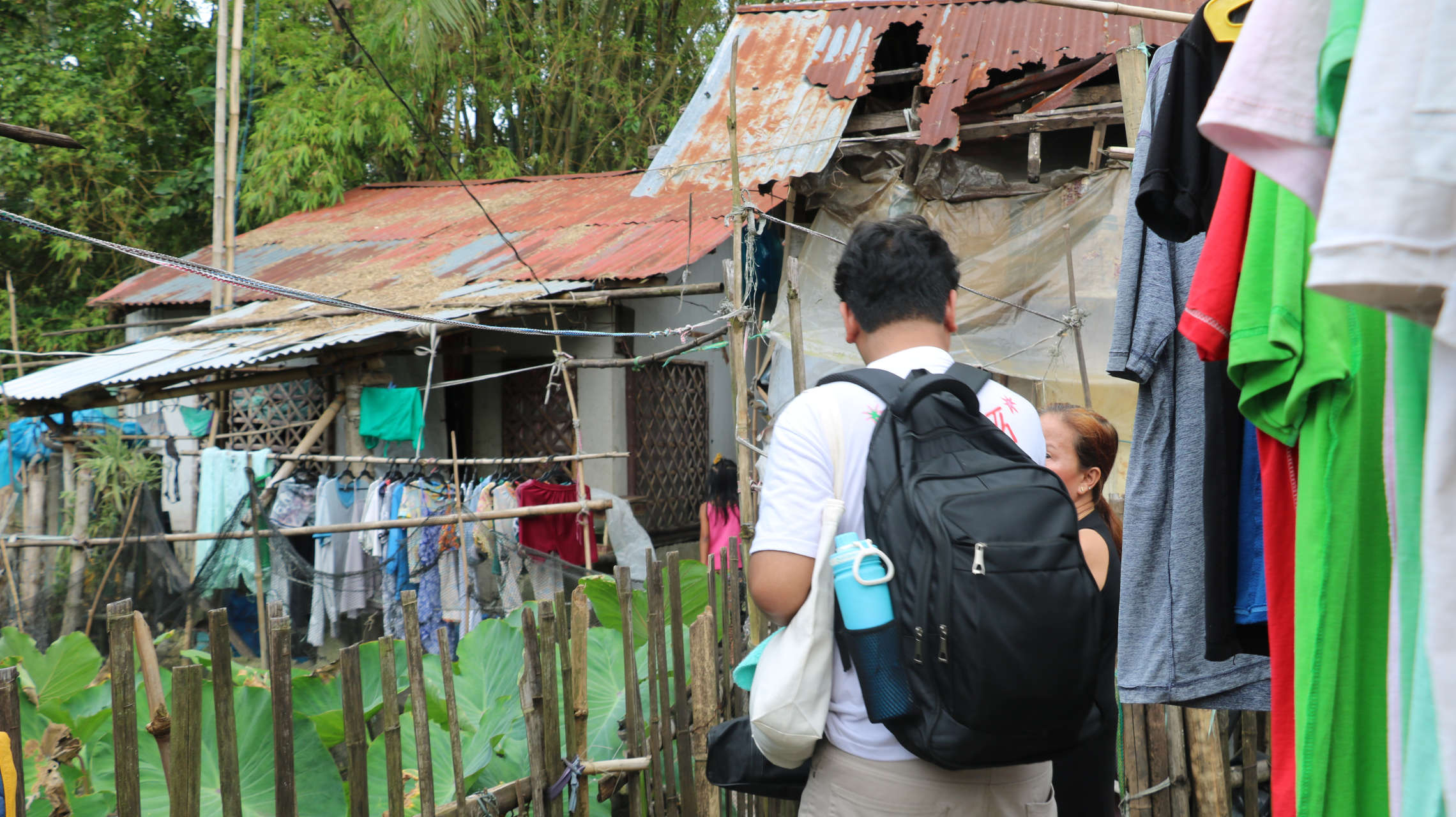
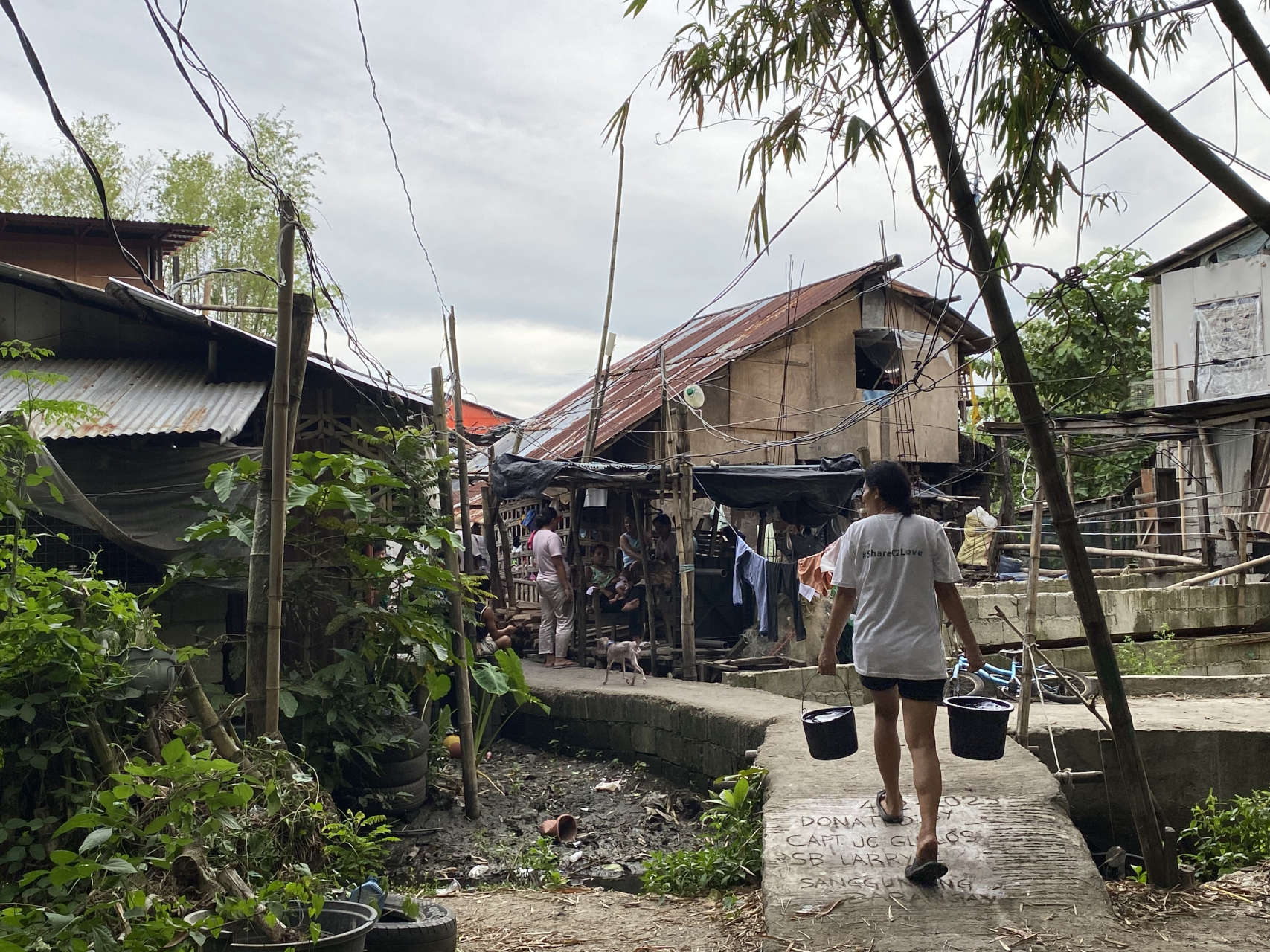
Three years later, there were still no signs of the planned factory, raising speculations that they were relocated because of the impending bridge construction.
Catahay, however, noted that the relocation was in no way part of the bridge project and that the land where the displaced families used to live was far from the bridge alignment.
Municipal planning development coordinator Badana emphasized that the clearing operation was not done by the local government in preparation for the bridge, but by the private owner who wanted to sell their property.
“[Land owner] na mismo nagbigay ng mga lots para sa mga informal settlers niya. So, hindi na na-involve ‘yung LGU sa relocation kasi sila na mismo nag-settle (The landowner himself provided lots for the informal settlers on his property. So, the LGU was not involved in the relocation because they settled by themselves),” he added.
The local governments, both at the municipal and barangay levels, have yet to come up with a relocation plan as they are still awaiting the final number of informal settlers to be relocated based on the recently concluded survey.
Under the Urban Development and Housing Act or R.A. 7279, the concerned LGUs are responsible for the relocation and resettlement of informal settlers affected by an infrastructure project.
Badana explained that the government provides a relocation site, but displaced families have an option to get financial assistance equivalent to 60 days of minimum wage, or roughly P20,000.
Catahay said properties underwent a valuation process and, in a public forum last September, the DPWH committed to pay 70% of the estimated value of the house and 50% of the value of the land prior to relocation. The balance will be paid after the demolition.
With the DED phase almost done, the Leganes LGU is positive the project will push through, and is looking forward to its completion.
The DPWH is confident the project will be a success regardless of who will fund the construction of the first or even the second bridge.
“We will push through with this project, for the successful completion of this,” Bautista vowed.
But for the residents of Gua-an who will be displaced by the project, the development promised is still out of sight.
“Hindi naman natun masili nga uunlad ‘yun. Pero kamiya, baka hindi na kami kaabut yun (We really can’t say that it will progress right away. But for us, we may not even get to see that.”),” Ana said.
For now, they can only hope and pray that the government will not leave them behind on the journey to progress.
“[M]aliit [lang] naman ‘yung dito na [kinakailangan] namin na tulong sa kanila, eh. Kumpara mo sa mga project na bilyon-bilyon (The help we need from them is just minimal compared to the projects worth billions [of pesos]),” she added.
READ Part 1: P187-B Visayas mega-bridge threatens endangered Irrawaddy dolphins
(This story was produced with support from Internews’ Earth Journalism Network.)
